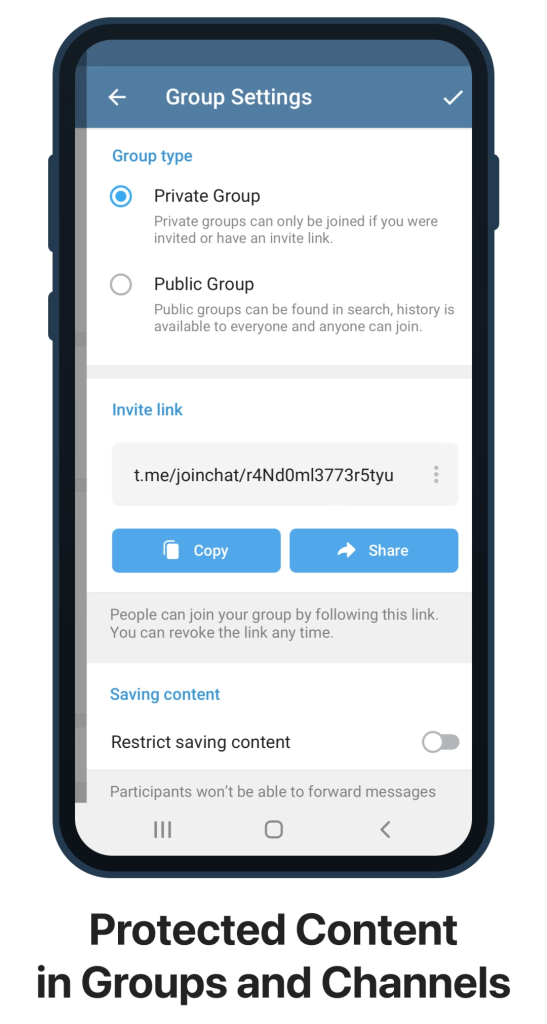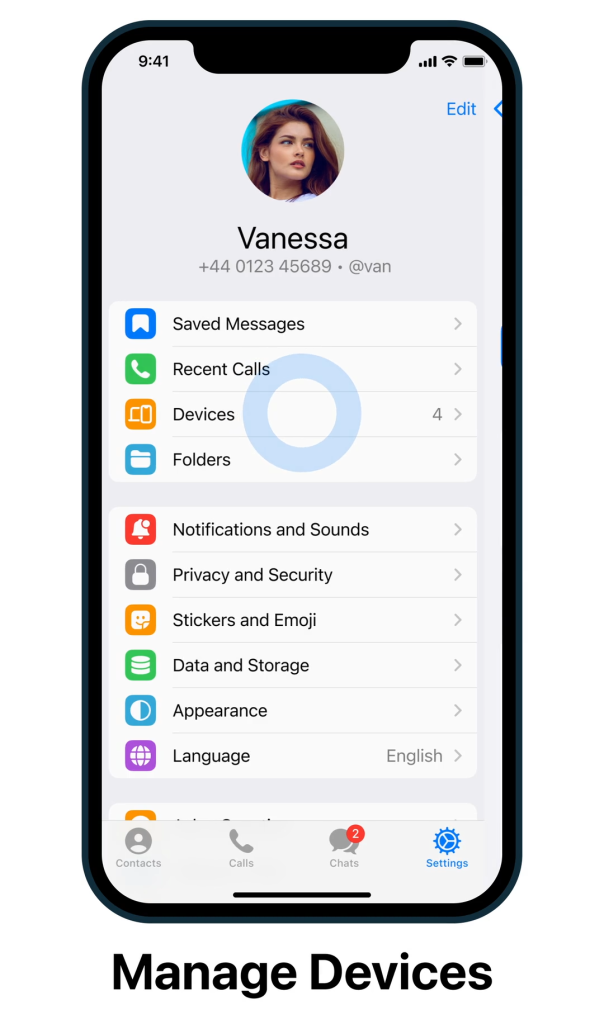
Yes, Trust Wallet is safe to download if you get it from the official Trust Wallet website, Google Play Store, or Apple App Store.
Official Sources
Downloading from the Official Website
To ensure the safety of your Trust Wallet download, always use the official sources:
- Visit the Official Website: Go to the official Trust Wallet website at trustwallet.com. This is the most secure and reliable source for downloading the Trust Wallet app.
- Navigate to the Download Section: On the website, find the download section which usually provides direct links to the Google Play Store and Apple App Store.
- Select Your Platform: Choose the appropriate link for your device—either Android or iOS. This will redirect you to the official app store page where you can download Trust Wallet securely.
- Direct APK Download: If you need the APK file for Android, ensure you download it directly from the Trust Wallet website to avoid tampered versions. Follow the instructions provided on the site for installing APK files.
Verifying App Authenticity
Ensuring the authenticity of the Trust Wallet app is crucial to avoid downloading fake or malicious versions:
- Check Developer Information: On the app store page, verify the developer information. The official Trust Wallet app is developed by “DApps Platform Inc.” on Google Play Store and “Six Days LLC” on Apple App Store.
- Review App Details: Look at the app details, including the number of downloads, ratings, and reviews. A legitimate app will have a high number of downloads and positive reviews.
- Check App Permissions: Before installing, review the permissions requested by the app. The official Trust Wallet app should only request necessary permissions for its functionality.
- Use App Store Links: Always use the links provided on the official Trust Wallet website or reputable cryptocurrency websites. Avoid downloading from unofficial sources or third-party websites.
- Update Regularly: Ensure you keep the app updated by downloading updates from the official app store. Regular updates help fix security vulnerabilities and improve app performance.

Security Features
Encryption Standards
Trust Wallet employs robust encryption standards to ensure the security of your digital assets:
- Advanced Encryption: Trust Wallet uses advanced encryption algorithms to protect your private keys and sensitive data. This ensures that even if your device is compromised, the data remains secure.
- End-to-End Encryption: Communications between the Trust Wallet app and the blockchain are secured with end-to-end encryption, preventing unauthorized access and ensuring data integrity.
- Encrypted Storage: All private keys and sensitive information are stored locally on your device in an encrypted format. This means that your keys are never exposed to the internet or stored on external servers.
Private Key Control
Trust Wallet provides users with full control over their private keys, which is essential for maintaining the security and ownership of their digital assets:
- Local Key Storage: Trust Wallet stores your private keys locally on your device, ensuring that you are the sole owner and controller of your cryptocurrency. Your private keys are never stored on Trust Wallet’s servers.
- Recovery Phrase: Upon creating a new wallet, Trust Wallet generates a 12-word recovery phrase. This phrase acts as a backup for your private keys, allowing you to recover your wallet if you lose access to your device. It is crucial to store this recovery phrase securely and offline.
- No Custodial Access: Trust Wallet operates as a non-custodial wallet, meaning that the company does not have access to your funds or private keys. Only you have control over your assets, which significantly reduces the risk of external breaches.
- Biometric Authentication: For additional security, Trust Wallet supports biometric authentication (such as fingerprint or facial recognition) to access the app. This adds an extra layer of protection against unauthorized access.
- Password Protection: Users can set a strong password to further protect their wallet. This password is required to access the wallet and perform transactions, adding another level of security.
User Reviews and Ratings
Positive User Feedback
Trust Wallet has garnered a substantial amount of positive feedback from its users, highlighting several key benefits:
- User-Friendly Interface: Many users appreciate Trust Wallet’s intuitive and easy-to-navigate interface, which makes managing cryptocurrencies straightforward even for beginners.
- Wide Range of Supported Assets: Users commend the wallet for supporting a vast array of cryptocurrencies, including many ERC-20 tokens, BEP-20 tokens, and NFTs, allowing for comprehensive portfolio management.
- Security Features: Positive reviews often mention the robust security measures in place, such as private key control, encrypted local storage, and biometric authentication, which provide peace of mind to users.
- Integration with DApps: The built-in DApp browser is highly praised for enabling users to seamlessly interact with decentralized applications, including DeFi platforms, directly from the wallet.
- Regular Updates and Improvements: Users appreciate the frequent updates and enhancements provided by Trust Wallet, which continuously improve the app’s functionality and security.
Common Complaints
While Trust Wallet is generally well-received, some users have reported common issues and areas for improvement:
- Customer Support: Some users have expressed frustration with the customer support, citing slow response times and difficulties in resolving issues. They suggest that more responsive and accessible support would enhance their experience.
- Transaction Fees: Although not controlled by Trust Wallet, the high transaction fees on certain blockchain networks (like Ethereum) have been a point of contention. Users often wish for more guidance on optimizing fees or avoiding high costs.
- Learning Curve for New Users: Despite the user-friendly design, some beginners find the initial setup process, particularly the handling of the recovery phrase, to be daunting and stressful. More detailed tutorials or guided onboarding could alleviate this concern.
- Occasional Bugs and Glitches: A few users have reported encountering bugs or glitches within the app, such as transaction delays or display issues. Regular maintenance and bug fixes are essential to address these concerns.
- Limited Fiat Integration: Some users would like to see more extensive fiat integration, allowing for easier conversion between cryptocurrencies and traditional currencies directly within the wallet.

Comparison with Other Wallets
Trust Wallet vs. MetaMask
User Experience and Interface:
- Trust Wallet: Known for its user-friendly interface, Trust Wallet is designed to be intuitive for both beginners and experienced users. It supports a wide range of cryptocurrencies and has a built-in DApp browser.
- MetaMask: MetaMask offers a straightforward interface primarily focused on Ethereum and ERC-20 tokens. It is well-integrated with web browsers and widely used for interacting with Ethereum-based DApps.
Supported Cryptocurrencies:
- Trust Wallet: Supports a broad spectrum of cryptocurrencies, including Bitcoin, Ethereum, Binance Coin, and many more, along with NFTs on multiple blockchains.
- MetaMask: Primarily supports Ethereum and ERC-20 tokens, with limited support for other blockchains. Recent updates have started to incorporate support for Binance Smart Chain and other networks.
Security Features:
- Trust Wallet: Emphasizes security with encrypted local storage of private keys, a 12-word recovery phrase, and optional biometric authentication.
- MetaMask: Also secures private keys locally and provides a 12-word recovery phrase. It integrates with hardware wallets for additional security.
Integration and Compatibility:
- Trust Wallet: Offers extensive DApp integration via its built-in browser and supports a variety of DeFi platforms across multiple blockchains.
- MetaMask: Highly integrated with Ethereum-based DApps and widely used in the DeFi ecosystem. It is available as a browser extension, making it convenient for web interactions.
Mobile and Desktop Availability:
- Trust Wallet: Available as a mobile app for both iOS and Android.
- MetaMask: Available as a browser extension for Chrome, Firefox, Brave, and Edge, and also as a mobile app for iOS and Android.
Trust Wallet vs. Coinbase Wallet
User Experience and Interface:
- Trust Wallet: Offers a clean and user-friendly interface suitable for managing a wide range of cryptocurrencies and accessing DApps.
- Coinbase Wallet: Designed with a focus on ease of use and integration with Coinbase exchange services, it provides a seamless experience for Coinbase users.
Supported Cryptocurrencies:
- Trust Wallet: Supports a vast array of cryptocurrencies and tokens across multiple blockchains, including Bitcoin, Ethereum, Binance Coin, and various altcoins.
- Coinbase Wallet: Supports all ERC-20 tokens and major cryptocurrencies. Integration with the Coinbase exchange allows for easy transfer of assets between the wallet and the exchange.
Security Features:
- Trust Wallet: Utilizes local encryption for private keys, provides a 12-word recovery phrase, and supports biometric authentication.
- Coinbase Wallet: Also uses local storage for private keys and offers a recovery phrase. It benefits from Coinbase’s security infrastructure and compliance measures.
Integration and Compatibility:
- Trust Wallet: Integrates with a wide range of DApps and DeFi platforms through its built-in browser, supporting various blockchains.
- Coinbase Wallet: Deep integration with the Coinbase exchange allows for easy transfers and management of assets. It also supports DApps through its browser but is more focused on the Ethereum ecosystem.
Mobile and Desktop Availability:
- Trust Wallet: Available as a mobile app for both iOS and Android.
- Coinbase Wallet: Available as a mobile app for iOS and Android, with no dedicated desktop version, but integrates well with Coinbase’s web platform.

Potential Risks
Phishing Scams
Phishing scams are a significant threat to cryptocurrency users, including those using Trust Wallet. These scams typically involve fraudulent attempts to obtain sensitive information by masquerading as a trustworthy entity:
- Email Phishing:
- Fake Emails: Scammers may send emails that appear to come from Trust Wallet or other reputable sources, asking you to provide your recovery phrase, private keys, or other sensitive information.
- Action: Always verify the sender’s email address and never share your recovery phrase or private keys. Trust Wallet will never ask for this information via email.
- Website Phishing:
- Fake Websites: Scammers create websites that look identical to the official Trust Wallet site to trick users into entering their recovery phrases.
- Action: Ensure you are visiting the official Trust Wallet website (trustwallet.com) by checking the URL carefully. Bookmark the official site to avoid accidental visits to fraudulent sites.
- Social Media Phishing:
- Fake Accounts: Scammers may create social media profiles that mimic Trust Wallet’s official accounts to offer fake support or giveaways.
- Action: Verify social media accounts by checking for verification badges and being cautious of unsolicited messages. Trust Wallet will not ask for sensitive information through social media.
Fake Apps
Downloading fake Trust Wallet apps is another risk that can lead to the loss of funds. These counterfeit apps are designed to look like the genuine app but are intended to steal your private keys and recovery phrases:
- Fake Apps on App Stores:
- Imitation Apps: Scammers upload fake versions of Trust Wallet to app stores, tricking users into downloading them.
- Action: Only download Trust Wallet from official sources such as the Google Play Store and Apple App Store. Verify the developer’s name (DApps Platform Inc. on Google Play and Six Days LLC on Apple App Store).
- APK Downloads from Untrusted Sources:
- Malicious APKs: Downloading APK files from unofficial or untrusted sources can result in installing malicious software on your device.
- Action: Download the APK file only from the official Trust Wallet website or reputable APK sites. Verify the integrity of the file before installing.

Best Practices for Safe Download
Ensuring Device Security
To ensure the security of your Trust Wallet and protect your digital assets, follow these best practices for device security:
- Use Trusted Sources: Always download the Trust Wallet app from trusted sources like the Google Play Store, Apple App Store, or the official Trust Wallet website.
- Verify App Authenticity: Before downloading, check the app’s developer information. Trust Wallet should be developed by “DApps Platform Inc.” on Google Play Store and “Six Days LLC” on Apple App Store.
- Enable Security Features:
- Biometric Authentication: Enable biometric authentication (fingerprint or facial recognition) on your device and within the Trust Wallet app for added security.
- Strong Passwords: Use strong, unique passwords for your device and the Trust Wallet app. Avoid using easily guessable passwords.
- Install Antivirus Software: Use reputable antivirus software to protect your device from malware and other security threats.
- Regular Backups: Regularly back up your device and ensure your recovery phrase is stored securely offline. This will help you recover your wallet in case your device is lost or damaged.
- Avoid Public Wi-Fi: When accessing your wallet, avoid using public Wi-Fi networks as they can be insecure. Use a trusted, private internet connection instead.
Regular App Updates
Keeping your Trust Wallet app updated is crucial for maintaining security and functionality:
- Enable Auto-Updates: Configure your device settings to automatically update the Trust Wallet app. This ensures you always have the latest security patches and feature updates.
- Android: Go to the Google Play Store, find Trust Wallet, and select “Enable auto-update.”
- iOS: Go to the App Store, find Trust Wallet, and turn on automatic updates.
- Manual Updates: If you prefer not to use auto-updates, regularly check for updates manually.
- Android: Open the Google Play Store, go to “My apps & games,” and check for updates for Trust Wallet.
- iOS: Open the App Store, go to “Updates,” and see if Trust Wallet has a new version available.
- Review Release Notes: When updating, review the release notes to understand what changes and improvements have been made. This helps you stay informed about new features and security enhancements.
- Reinstall If Necessary: If you encounter issues with the app after an update, consider uninstalling and reinstalling Trust Wallet to ensure a clean installation.

Frequently Asked Questions
How Can I Verify the Trust Wallet App?
Ensuring you have the authentic Trust Wallet app is crucial for security. Here’s how to verify it:
- Download from Official Sources: Always download the app from the Google Play Store, Apple App Store, or the official Trust Wallet website.
- Check Developer Information:
- Google Play Store: The app should be developed by “DApps Platform Inc.”
- Apple App Store: The app should be developed by “Six Days LLC.”
- Verify App Details: Look at the number of downloads, ratings, and reviews. The genuine app will have high download numbers and generally positive reviews.
- Check Permissions: Review the permissions the app requests during installation. Trust Wallet should only request necessary permissions related to its functionality.
- Official Website Links: Use links provided on the official Trust Wallet website (trustwallet.com) to ensure you are directed to the correct app store page.
- Social Media Verification: Check Trust Wallet’s official social media accounts for direct links to the app.
What Should I Do If I Encounter Issues?
If you encounter issues with Trust Wallet, here are steps to resolve common problems:
- Check for Updates:
- Ensure you have the latest version of the app installed. Updates often contain bug fixes and performance improvements.
- Restart Your Device:
- Sometimes, a simple restart can resolve temporary issues.
- Reinstall the App:
- Uninstall Trust Wallet and then reinstall it from the official app store. Ensure you have your recovery phrase before uninstalling.
- Contact Support:
- If issues persist, reach out to Trust Wallet’s support team. You can find support options on their official website or within the app.
- Email: Use the support email provided on the Trust Wallet website.
- Help Center: Visit the Trust Wallet Help Center for FAQs and troubleshooting guides.
- Check Community Forums:
- Visit cryptocurrency forums and Trust Wallet’s official community channels to see if others have experienced similar issues and found solutions.
- Secure Your Recovery Phrase:
- Always ensure your recovery phrase is securely backed up. If you need to recover your wallet, you can do so using the recovery phrase.